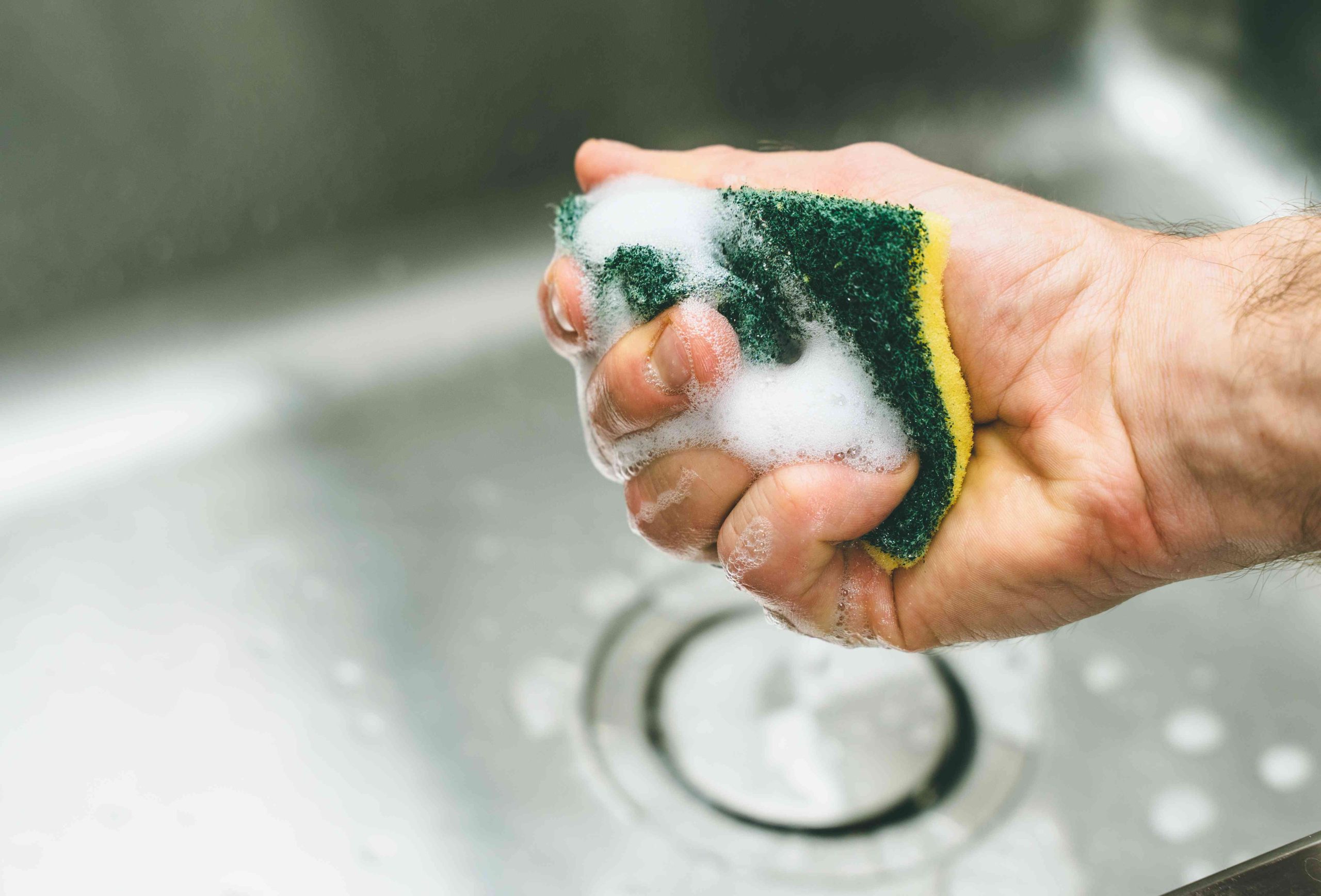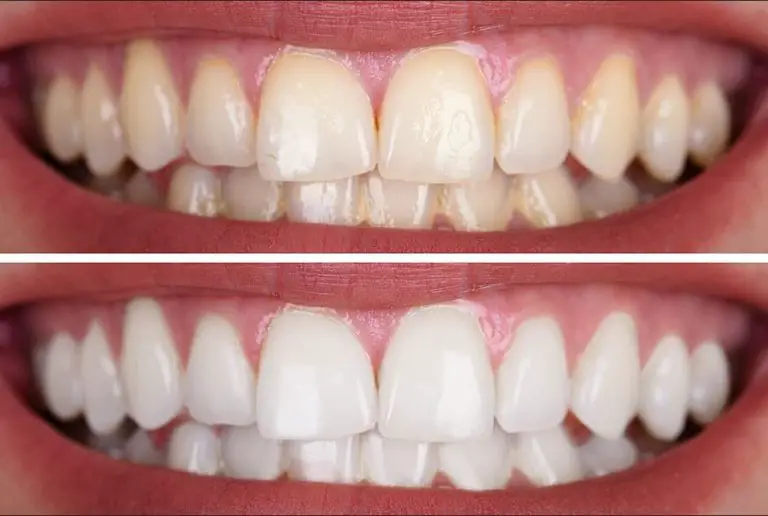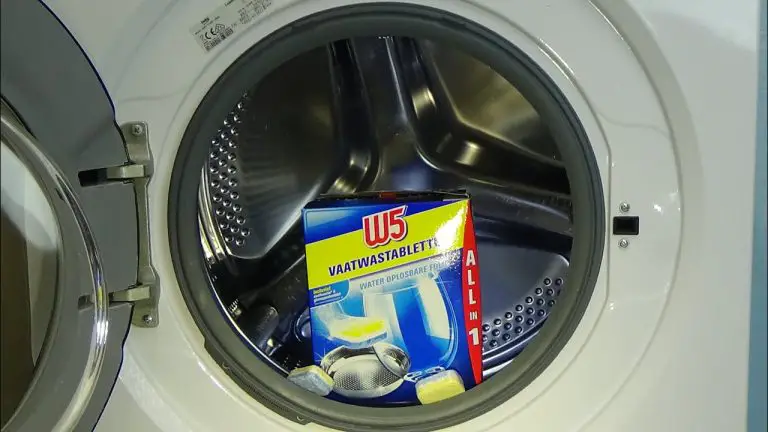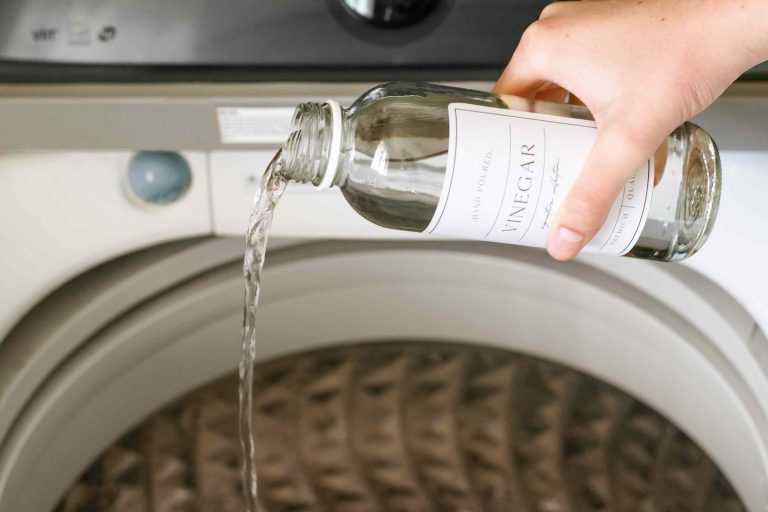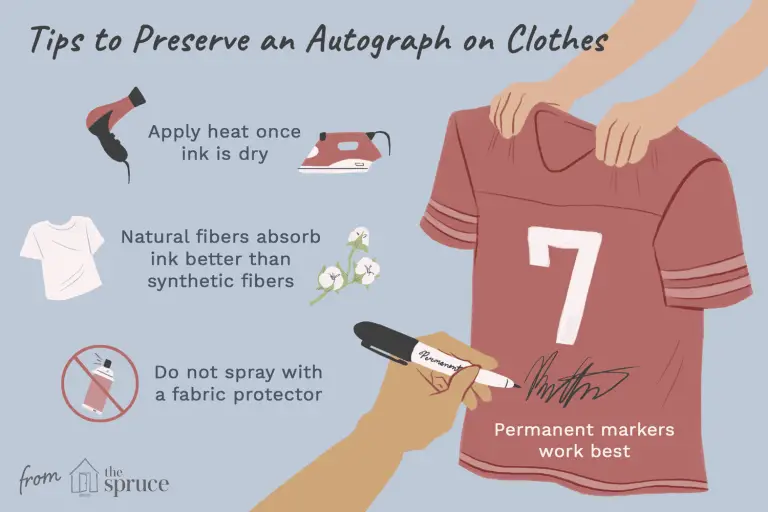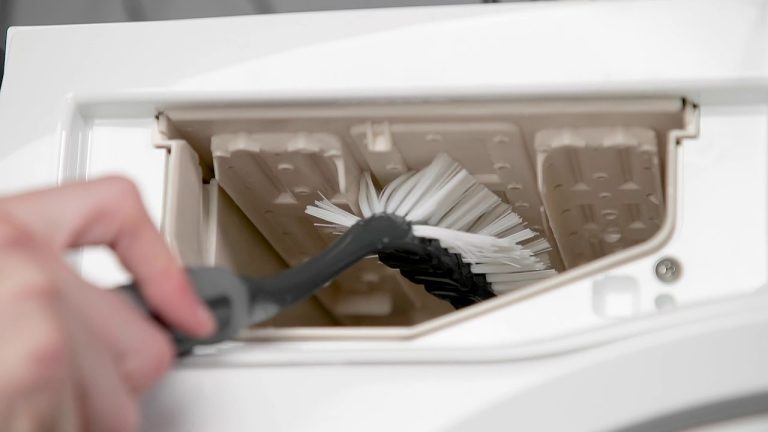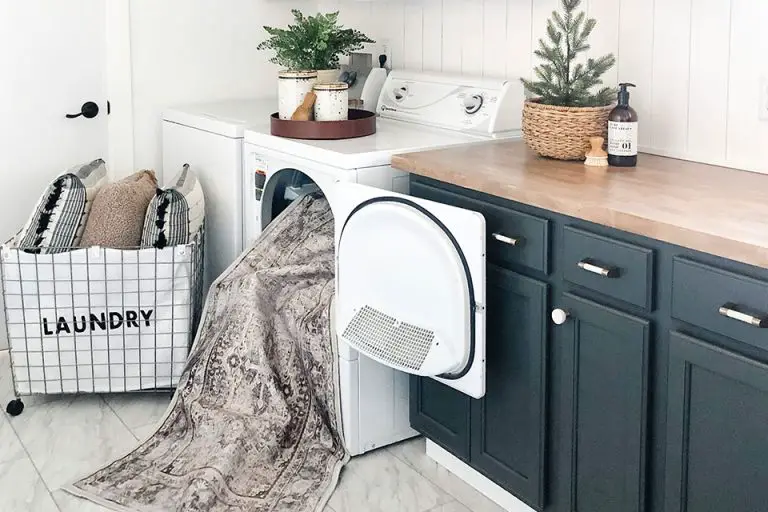When Should You Get Rid of Your Sponge?
Sponges are a kitchen staple, used to clean up after meals and scrub away dirt and grime. But when should you throw away your sponge and replace it with a new one? Sponges need to be replaced regularly to prevent the spread of bacteria and germs, and to keep your kitchen clean. Knowing when to replace your sponge can help keep your family safe and healthy.
Benefits of Keeping a Sponge
The humble sponge is often overlooked as one of the most important cleaning tools around. Keeping a sponge on hand in your home or office offers numerous benefits. Not only is it a great way to keep surfaces clean, but sponges are also a cost-effective way to save money and prevent the spread of germs. Sponges are incredibly absorbent, allowing them to easily pick up dirt, grime, and bacteria. They are also soft enough to be used on delicate surfaces, such as glass and stainless steel, without damaging them. Sponges can also be reused multiple times if properly cared for, making them an eco-friendly way to clean. By keeping a sponge around, you can easily keep your home or office looking neat and clean without the expense of buying new cleaning supplies.
Reasons for Replacing a Sponge
When it comes to keeping your kitchen clean, one of the most important tools is the sponge. Sponges are great for cleaning up messes, however, they can become a breeding ground for bacteria if not regularly replaced. Here are a few reasons why you should be replacing your sponge as part of your regular kitchen maintenance routine:
- Sponges are a hotbed for germs and bacteria – Every time you use your sponge to wipe a surface, you are transferring germs and bacteria to the sponge. Over time, these bacteria can accumulate and spread to other surfaces.
- Sponges can cause a foul smell – As bacteria accumulate in sponges, they can produce an unpleasant odor that can spread throughout your kitchen.
- Sponges eventually wear down – Sponges are not meant to last forever, and over time they lose their effectiveness and ability to absorb liquids.
Replacing your sponge regularly is an important part of maintaining a clean and healthy kitchen. By replacing your sponge every week or two, you can reduce the spread of germs and bacteria and keep your kitchen smelling fresh.
How to Tell When It’s Time to Replace a Sponge
Sponges are an essential part of any kitchen, but knowing when to replace them can be tricky. This blog post will help you determine when it’s time to replace your sponges. Sponges should be replaced regularly due to the build-up of bacteria and germs. A good rule of thumb is to replace them every two weeks or so. If your sponges start to smell, change color, or become hard and brittle, it’s time to discard them. Additionally, if you use a sponge to clean up raw chicken or other meats, discard it immediately. Lastly, be sure to store your sponges in a dry location away from direct sunlight, as this will help them last longer. With these tips, you’ll be able to tell when it’s time to replace your sponges and keep your kitchen in top condition.
The Types of Sponges Available
Sponges are a common tool for cleaning and come in a variety of shapes, sizes, and materials. Each type of sponge is designed for a specific purpose, so it’s important to know which one is right for the job. Natural sponges are made from plant or animal fibers and are often seen in kitchens and bathrooms. Synthetic sponges, on the other hand, are made from man-made materials like polyester or polyurethane foam and are common in auto detailing and industrial cleaning. Microfiber sponges are extremely absorbent and can be used wet or dry. Magic erasers are designed for tough jobs like removing scuff marks from walls and furniture. Finally, Scotch-Brite sponges are designed for scrubbing dishes and food prep surfaces. No matter what type of job you’re tackling, there’s a sponge that’s perfect for it!
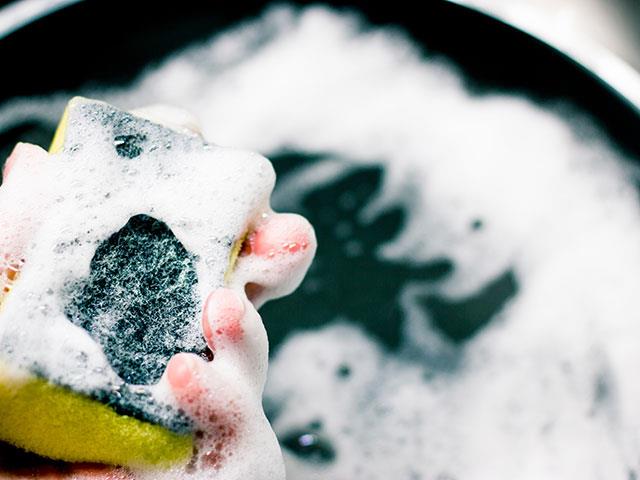
How to Dispose of a Sponge
When cleaning your kitchen or bathroom, using a sponge is a great way to tackle dirt and grime. But when it gets too dirty, it’s time to dispose of it properly. To properly dispose of a sponge, first, rinse it with hot water and then squeeze it to remove any excess water. Then, place the sponge in a paper bag or cardboard box and tie it closed. Finally, take the bag or box to the nearest recycling center to be recycled. Following these steps will ensure that your sponge is disposed of properly, helping to protect the environment.
Alternatives to a Sponge
Sponges are a common cleaning tool, but there are plenty of alternatives out there if you’re looking for a different way to clean your surfaces. Microfiber cloths are a great eco-friendly option as they require no cleaning chemicals and can be reused multiple times. A scrub brush is great for tough stains and can be used on a wide variety of surfaces. For hard-to-reach areas, a toothbrush is a great option as it can get into tight crevices. For a streak-free shine, a window squeegee is the way to go. Finally, for those tough grease spots, steel wool is the way to go. No matter what type of clean you’re looking for, there’s an alternative to the classic sponge.
Tips for Cleaning and Maintaining Your Sponge
Sponges are an essential part of any kitchen, but like any other household item, they need to be cleaned and maintained properly to keep them in good condition. Here are some tips to help you keep your sponge clean and lasting longer:
- Rinse your sponge after every use to remove any lingering food particles.
- Soak your sponge in a mixture of one part vinegar and three parts water for about five minutes to disinfect it.
- Place your sponge in the microwave for two minutes to kill any bacteria.
- Use a scrub brush to remove any stubborn stains.
- Replace your sponge every month or so to ensure it is always fresh and clean.
- Store your sponge in an open, dry area to prevent mold and mildew growth.
- Avoid using your sponge to scrub pots and pans to prevent it from wearing out quickly.
Following these tips can help your kitchen sponge last longer and keep your kitchen clean and germ-free. So, don’t forget to clean and maintain your sponge to keep your kitchen sparkling!
Summary and Conclusion
The conclusion of a blog is the final piece of the puzzle, where summaries of the key points are drawn together to create a final, cohesive message. It should be short, succinct, and professional, whilst also maintaining a witty and clever tone. It should be both informative and entertaining, summarizing the main points of the blog in a concise manner. The conclusion should leave the reader with a sense of completion, and the knowledge that they have taken something away from the blog. It should build on the ideas discussed throughout the blog, and provide a memorable, thought-provoking summary.
Conclusion
When it comes to deciding when to get rid of your sponge, it is important to consider the age and condition of the sponge. If the sponge is old, discolored, developing an unpleasant odor, or showing signs of mold, bacteria, or mildew, it is time to replace it. Additionally, it is recommended to replace your sponge every two to three weeks to ensure proper hygiene and prevent the spread of germs.

